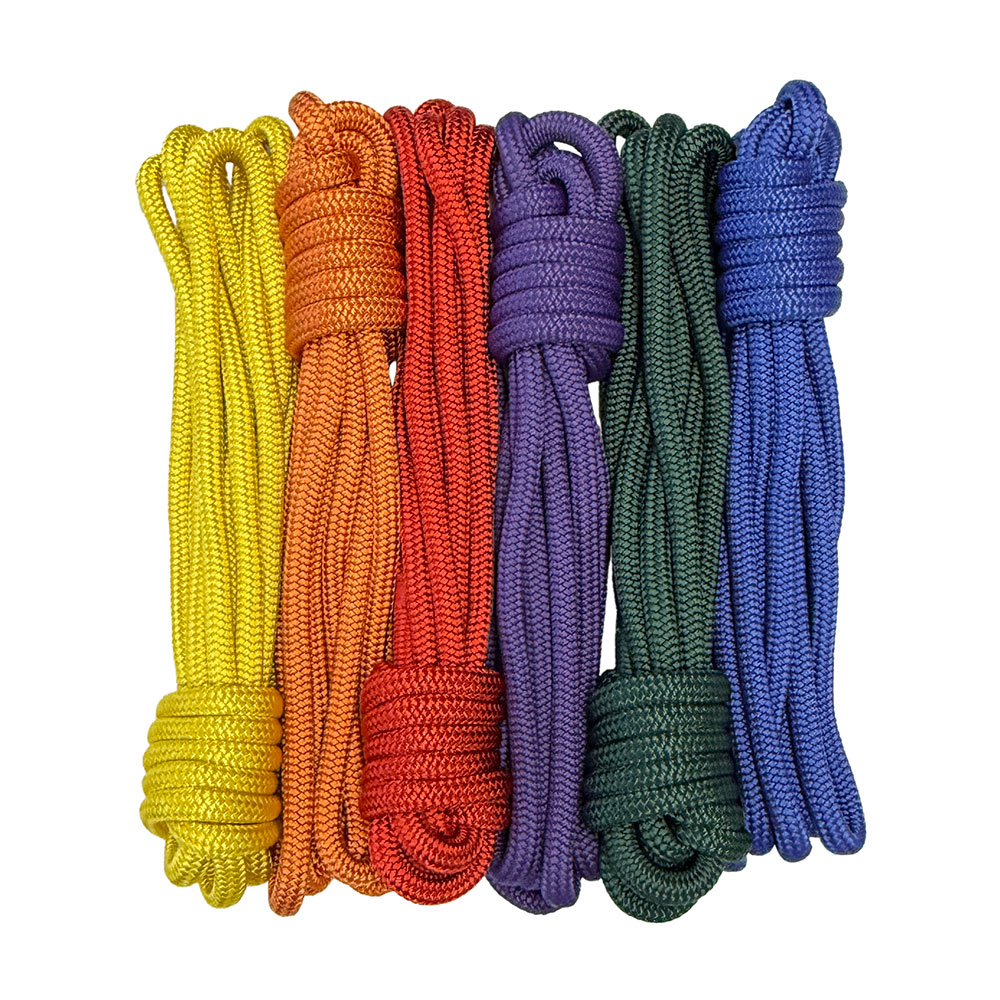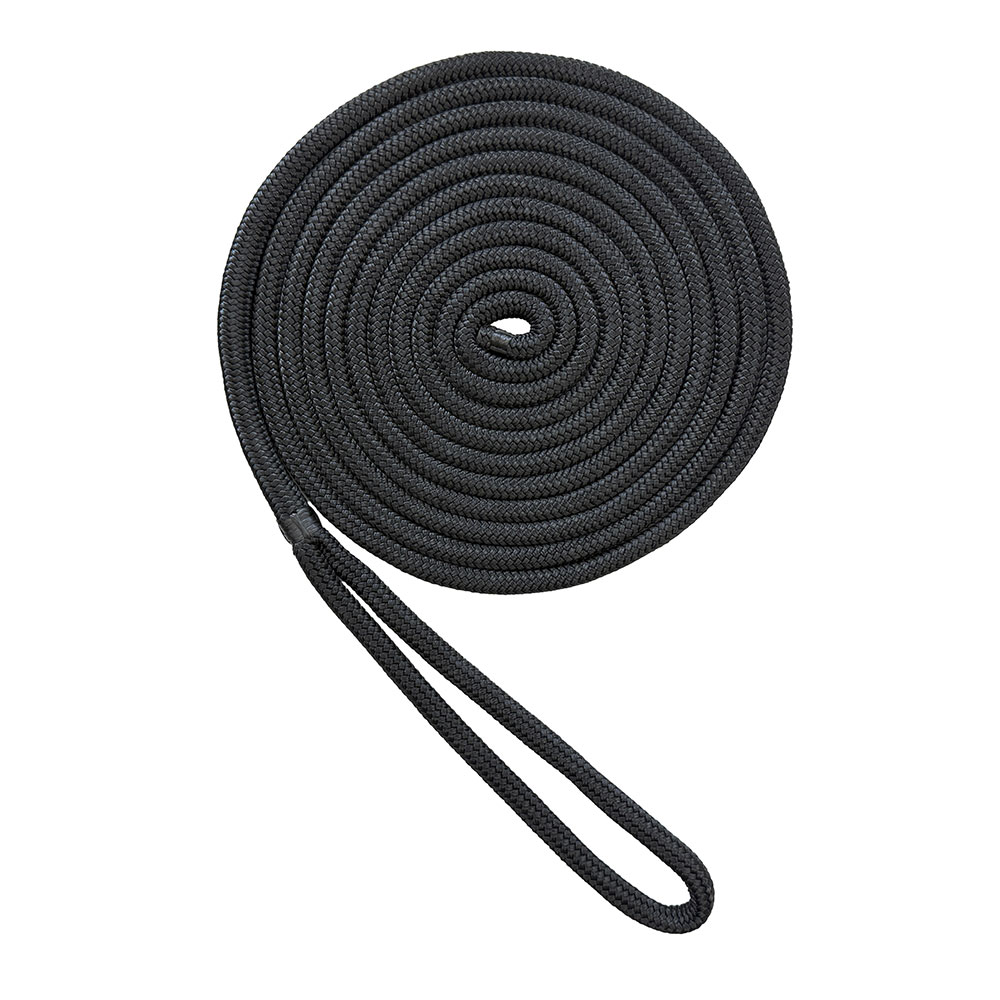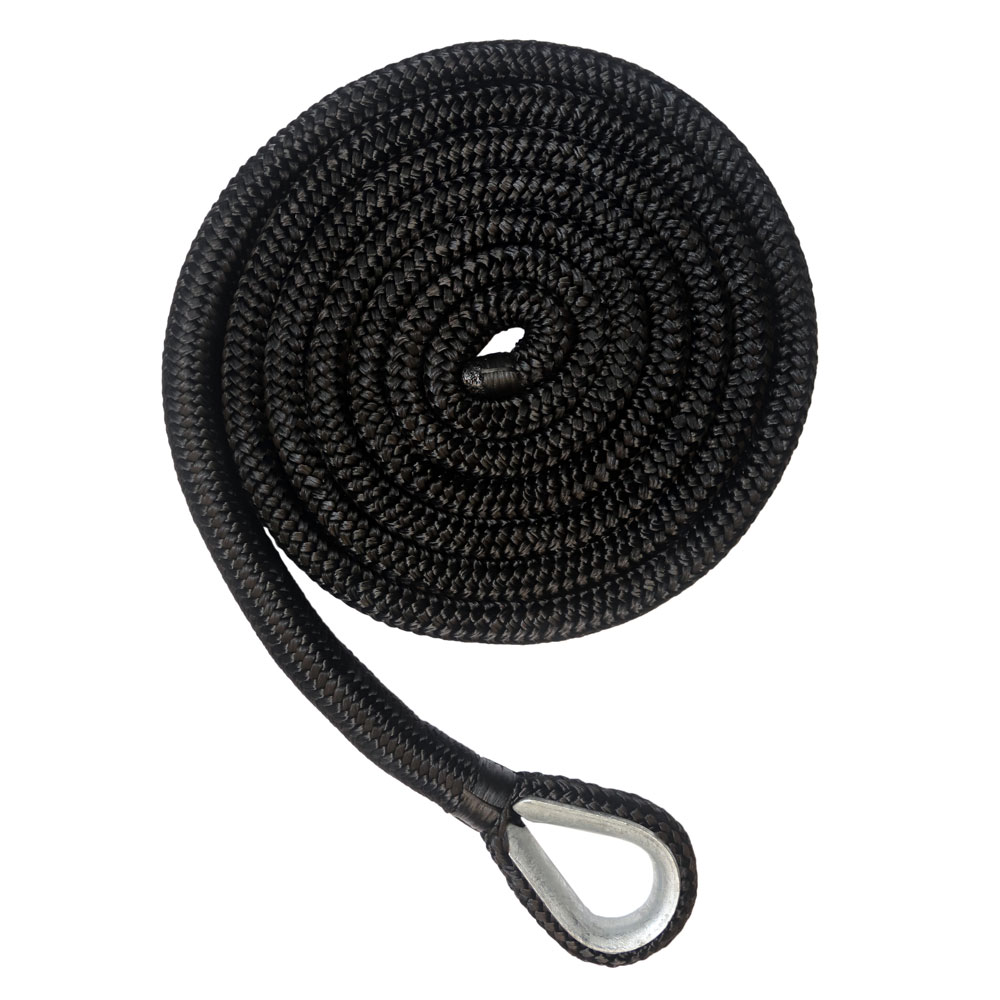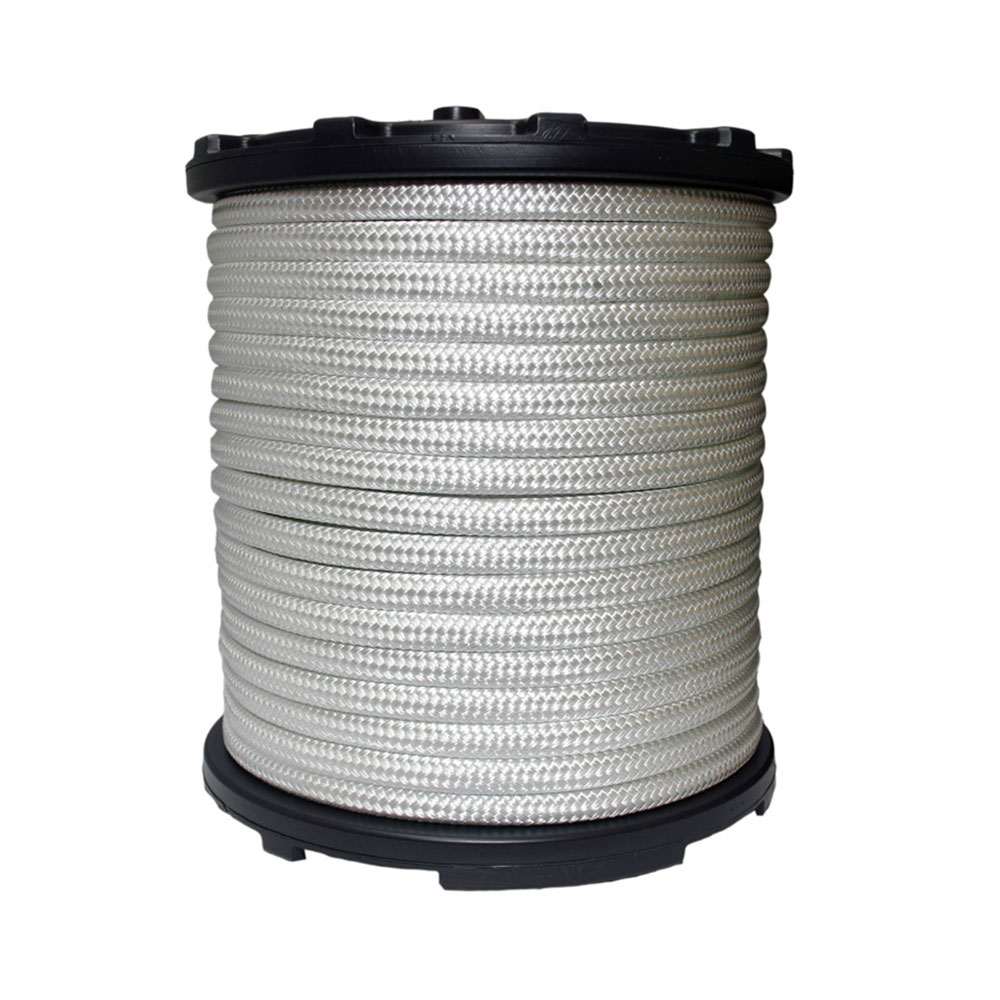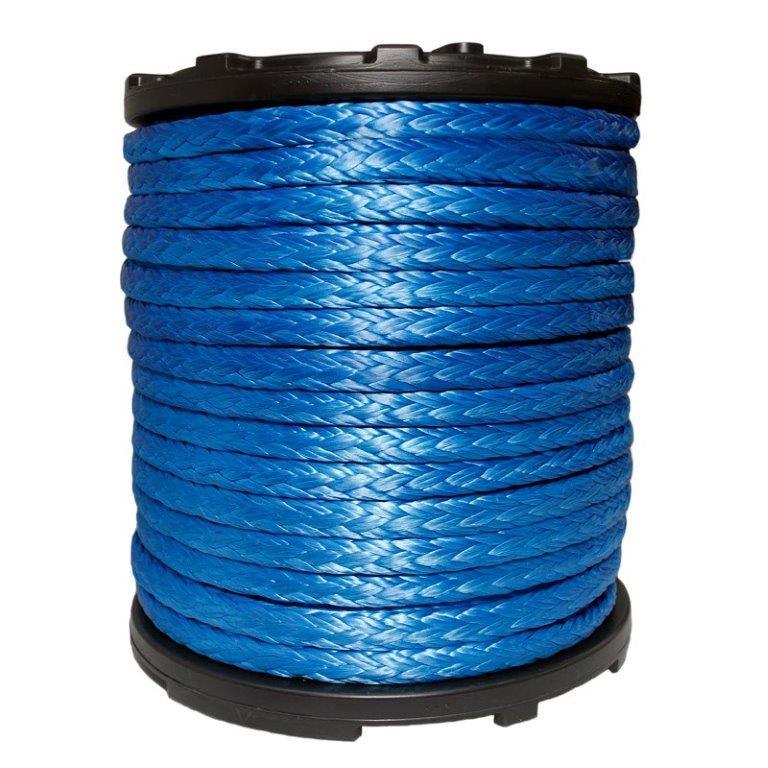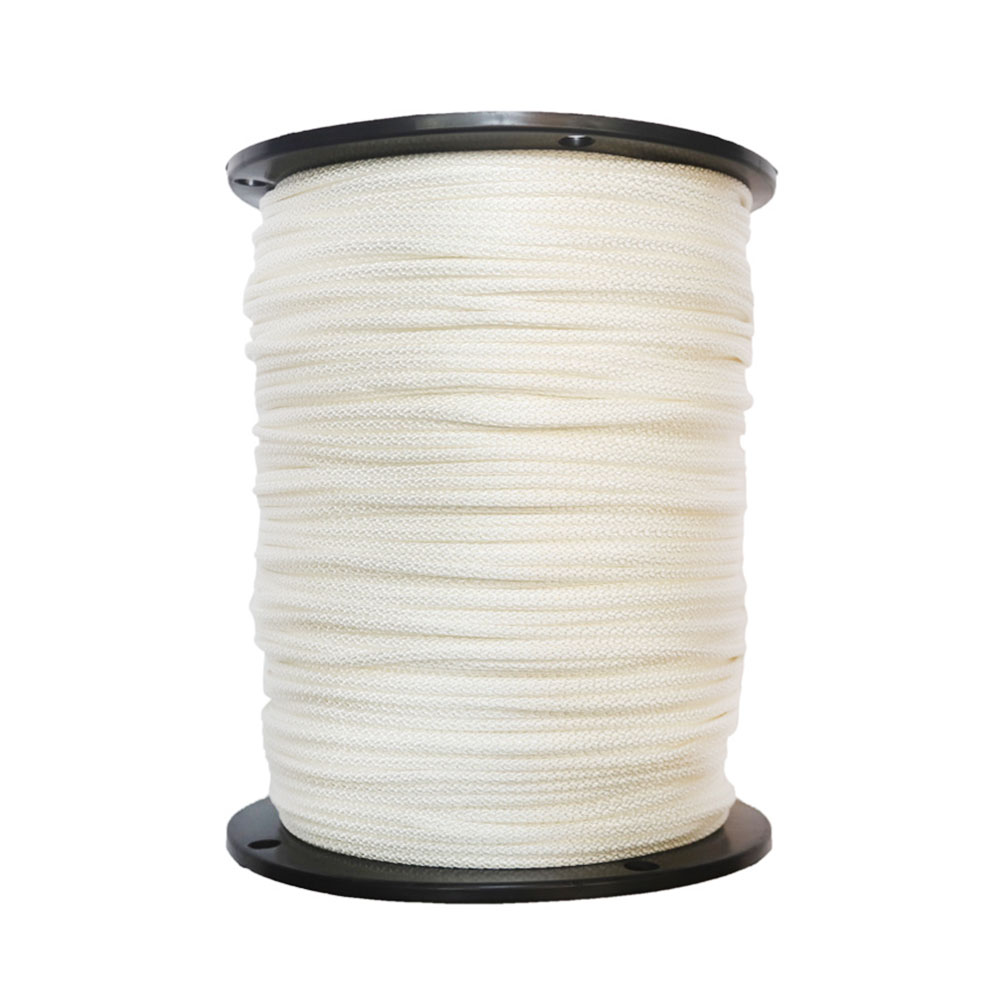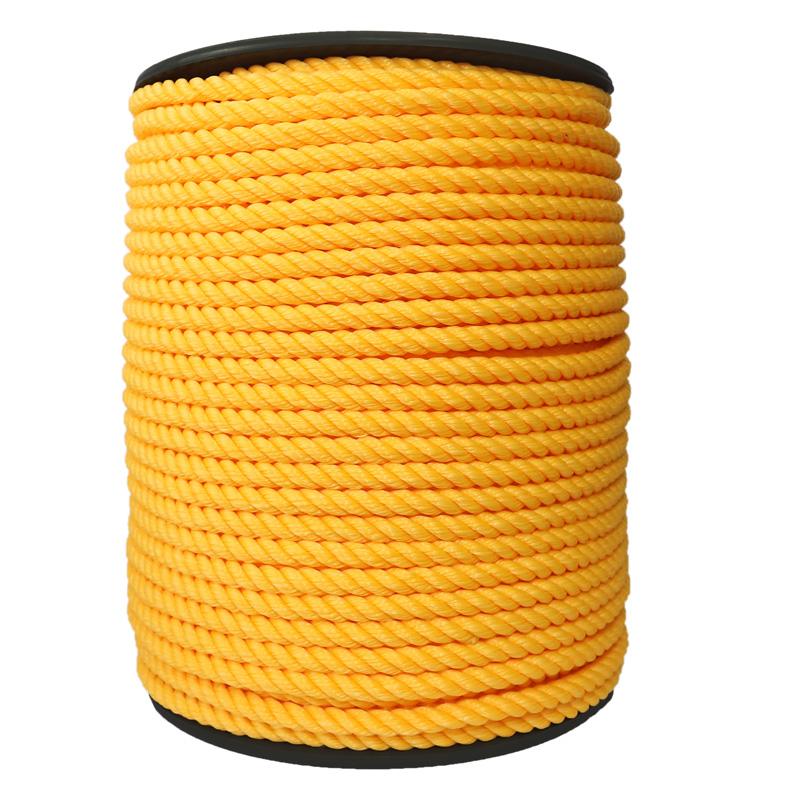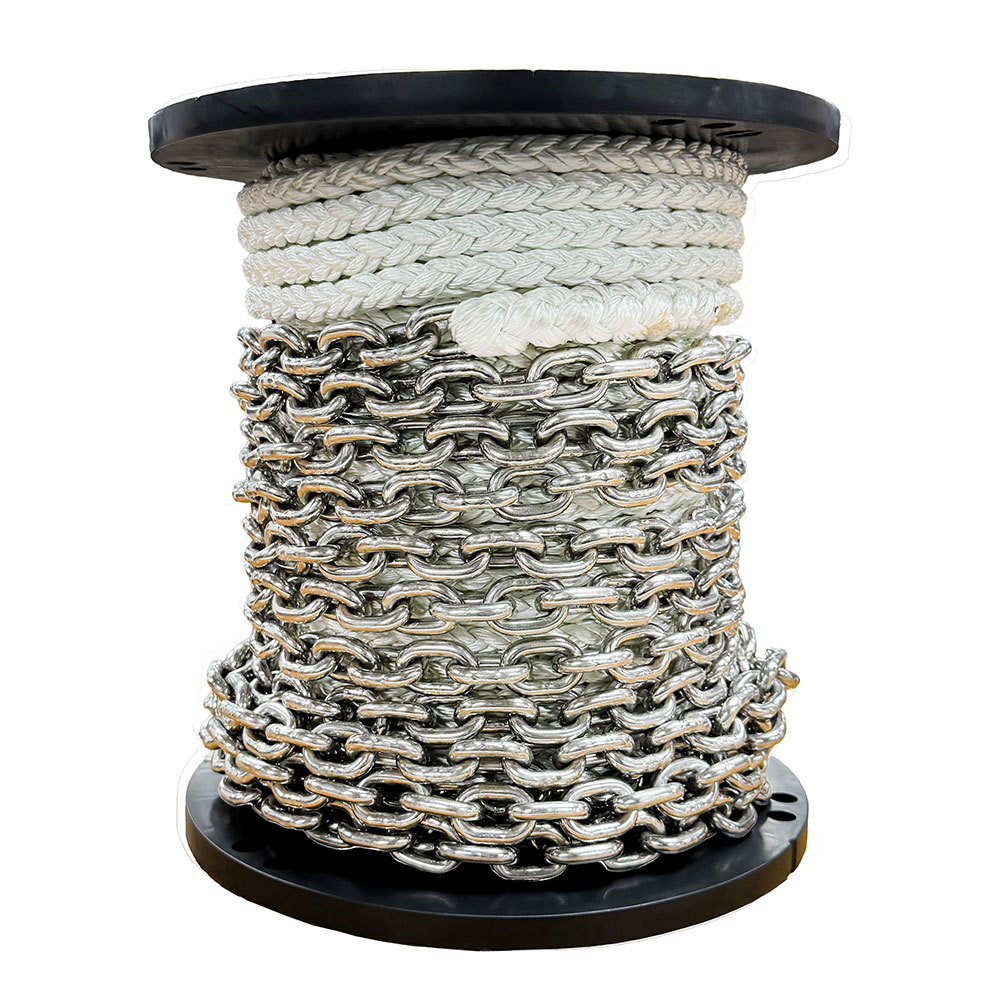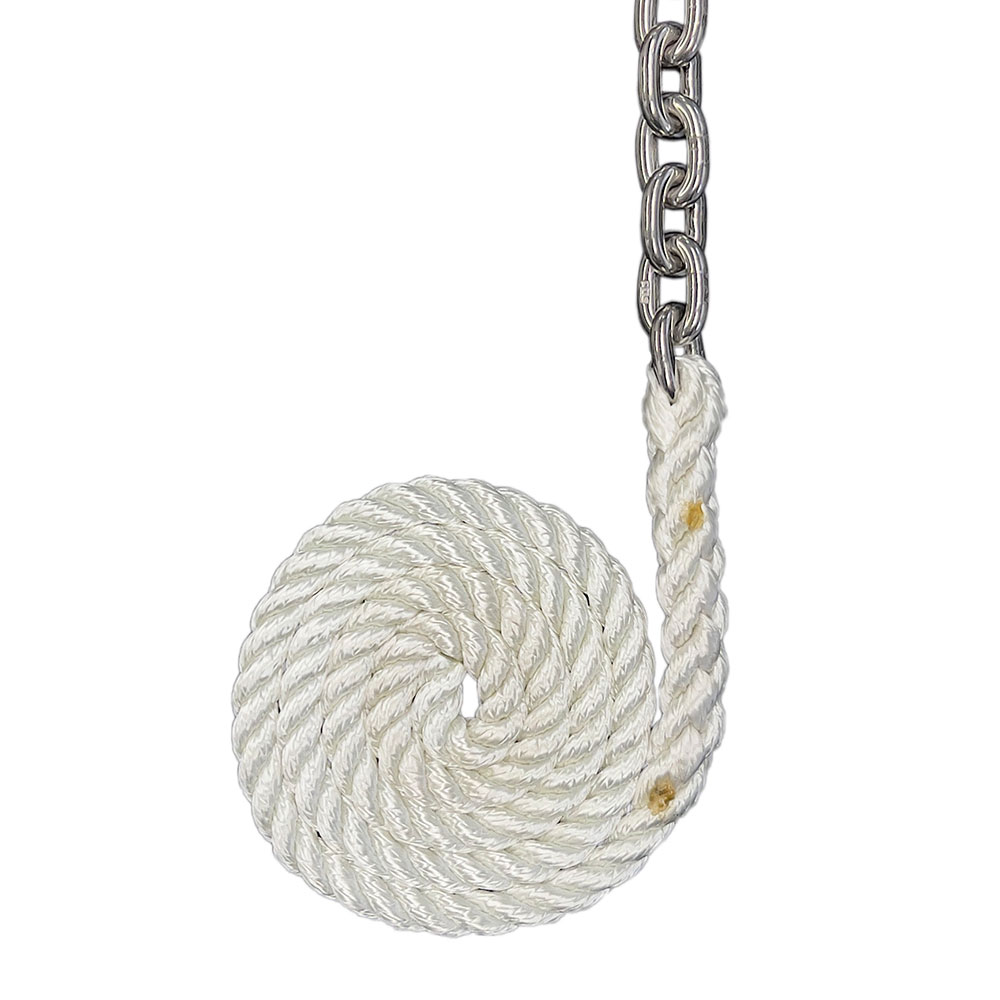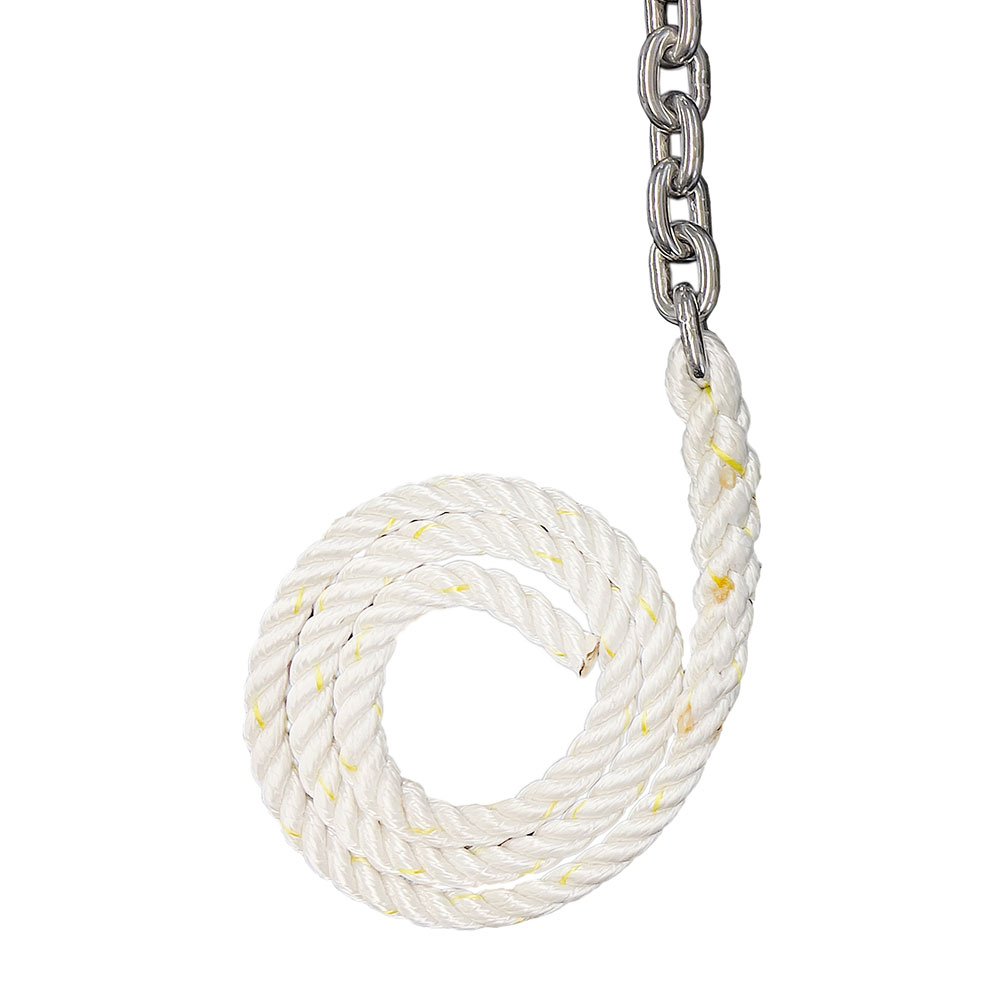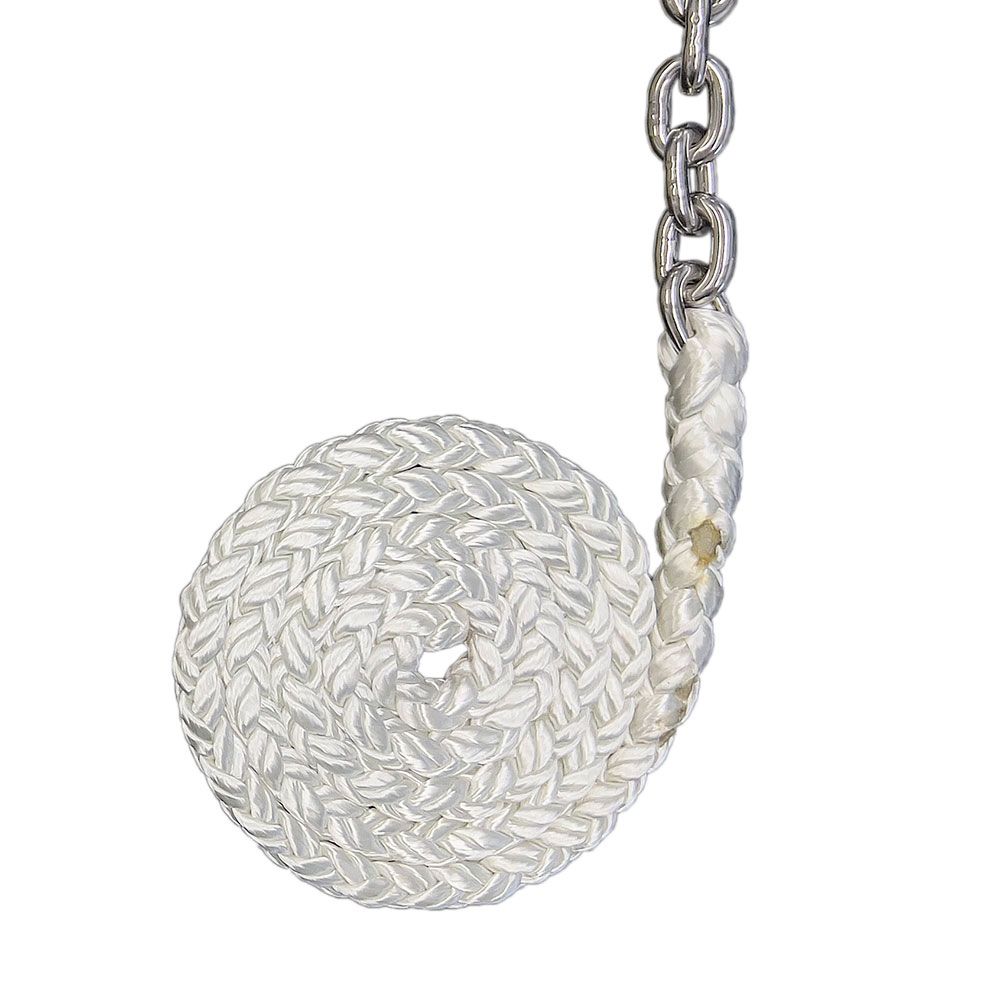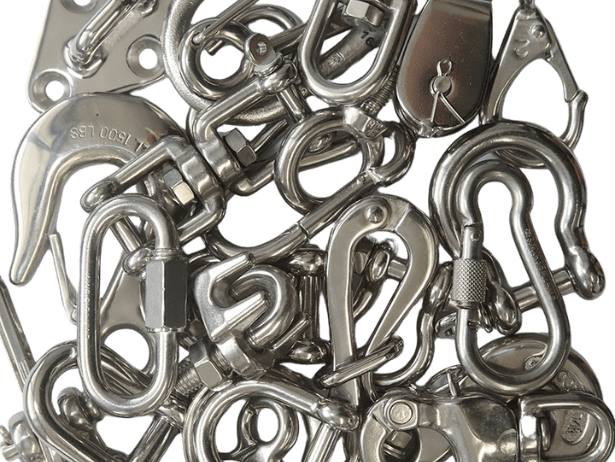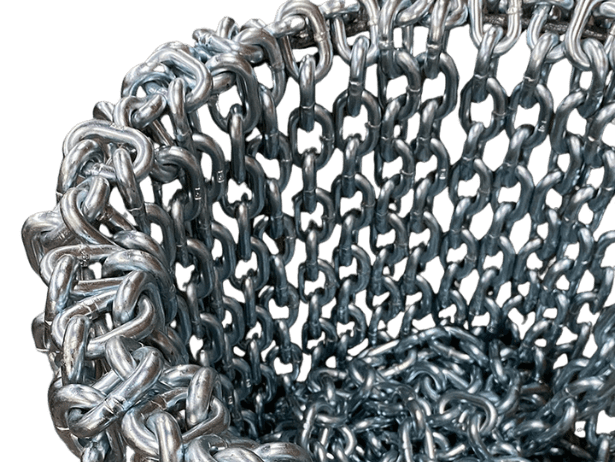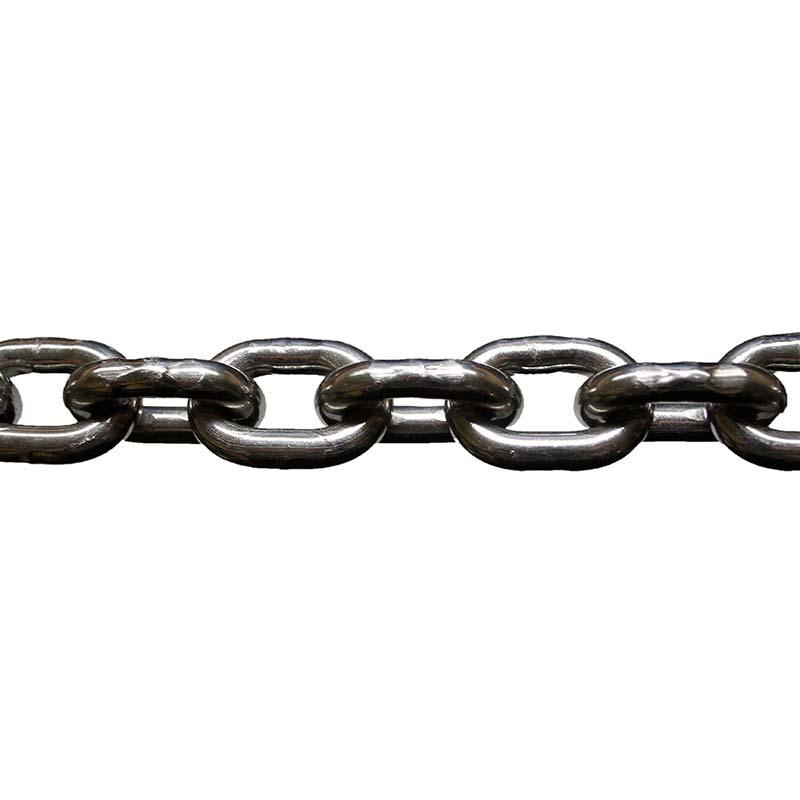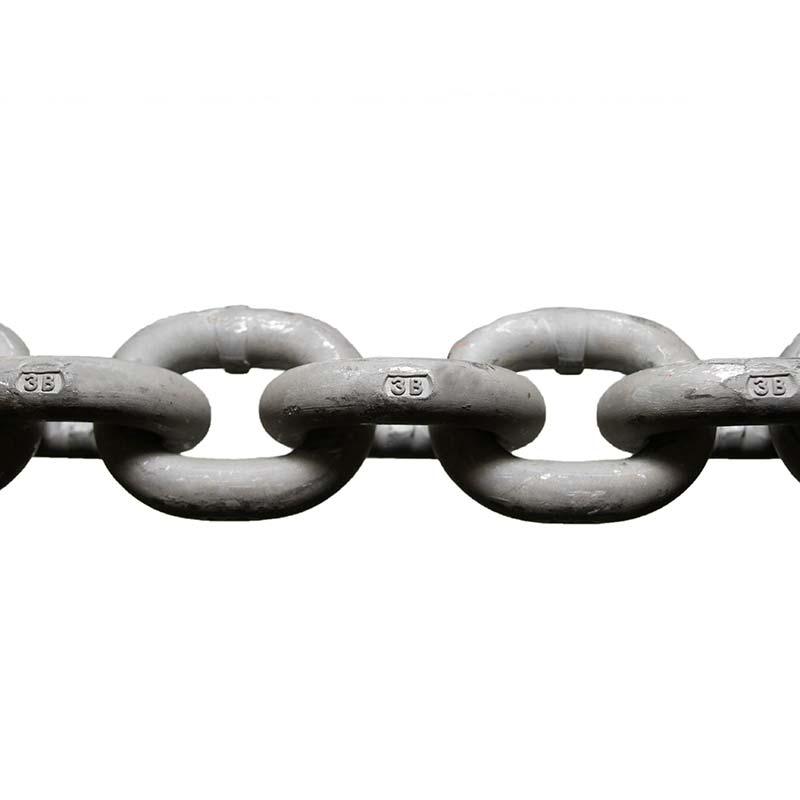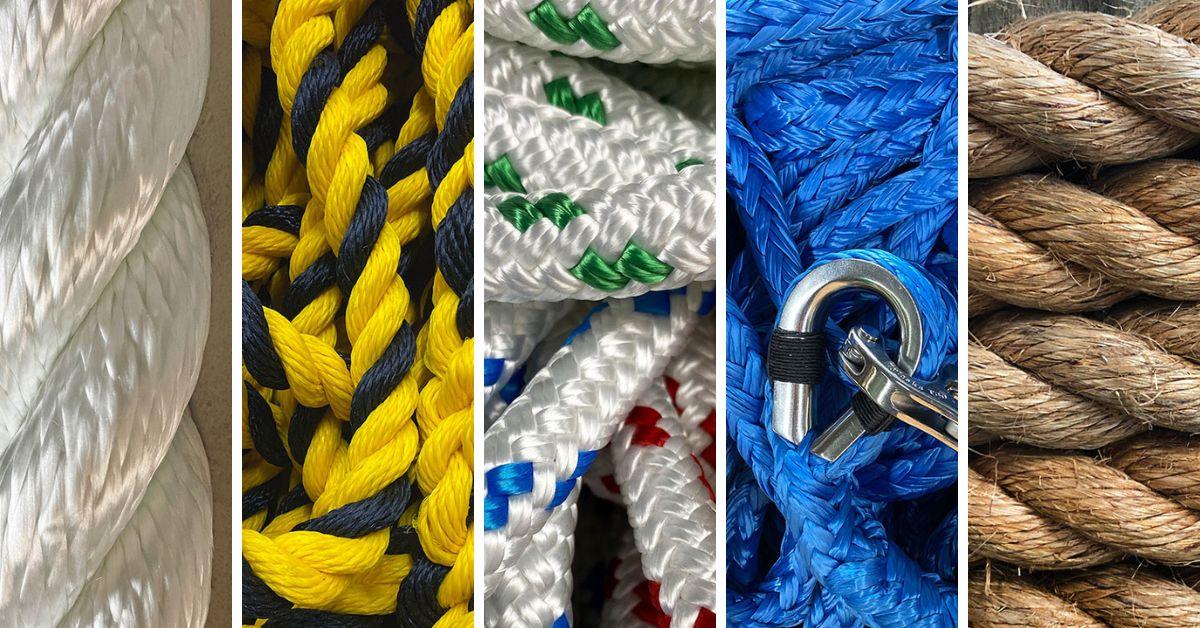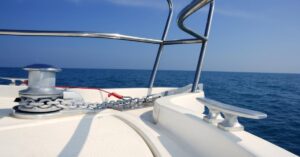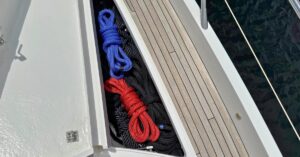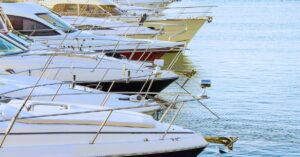Rope is a critical component across numerous industries, from marine and construction to outdoor recreation and agriculture The choice of rope material significantly impacts performance, durability, and safety. Understanding the properties of different rope materials will help you make informed decisions based on the unique demands of your application. In this article, we’ll explore some of the most common materials used in rope manufacturing, including nylon, polypropylene, polyester, high-modulus polyethylene (HMPE), and natural fibers.
Nylon: Strong and Stretchy
Nylon is one of the most widely used synthetic materials for ropes, known for its high tensile strength and excellent elasticity. These properties make it ideal for applications where the rope must absorb dynamic loads, such as marine mooring lines, tow ropes, and climbing. Nylon’s ability to stretch under load helps reduce the shock on the rope, equipment, and users, making it a safer choice for situations where loads may fluctuate.
However, nylon does absorb water, which can slightly weaken the rope over time. It also tends to lose some strength when exposed to UV rays, so it may not be the best choice for long-term outdoor use unless treated with UV inhibitors.
Best applications:
- Marine and mooring lines
- Towing and pulling
- Climbing and rescue
Polypropylene: Lightweight and Buoyant
Polypropylene is a versatile and cost-effective synthetic material, known for its lightweight nature and ability to float on water. This makes it an excellent choice for water-related applications like watersports, floating dock lines, and pool ropes. It is also commonly used in construction, camping, and general-purpose ropes due to its affordability.
However, polypropylene is less durable than other materials when exposed to UV radiation and has lower abrasion resistance. While it may be a good choice for short-term or occasional use, it is not as robust in harsh environments or for long-term outdoor use.
Best applications:
- Water activities (boating, watersports)
- Temporary use in construction
- General utility
Polyester: Durability and UV Resistance
Polyester ropes are known for their high abrasion resistance, low stretch, and superior UV resistance, making them ideal for outdoor and marine applications. Unlike nylon, polyester retains its strength even when wet and is highly resistant to sunlight, making it one of the best options for rigging, boating, and industrial applications.
Additionally, polyester offers impressive resistance to chemicals, and its low stretch ensures it maintains tension in high-load applications without elongating over time. Due to its durability and performance in harsh environments, polyester is often used in applications that require long-term exposure to the elements.
Best applications:
- Boating (due to UV resistance and low stretch)
- Rigging (for maintaining tension in high-load applications)
- Pulling Applications: Commonly used in electrical pulling due to its strength, low stretch, and excellent abrasion resistance.
- Outdoor applications (construction, landscaping)
- Industrial uses (winching, hoisting)
HMPE (High-Modulus Polyethylene): Strength and Lightweight Performance
HMPE (also known as Dyneema or Spectra) is one of the strongest synthetic fibers available. It’s incredibly lightweight and offers high tensile strength, often outperforming steel by weight. It’s used in industries where rope strength and durability are critical, such as commercial fishing, offshore rigging, and aerospace. HMPE ropes are also resistant to UV rays, chemicals, and moisture, making them ideal for extreme environments.
HMPE ropes have zero stretch and are highly abrasion-resistant, making them ideal for applications requiring absolute minimal elongation. Because of their exceptional strength-to-weight ratio, HMPE ropes are commonly used where minimizing weight is crucial without sacrificing performance.
Best applications:
- Commercial fishing and maritime operations
- Offshore rigging and towing
- Rescue and aerospace applications
Natural Fibers: Traditional Appeal with Some Drawbacks
Natural fiber ropes, such as manila, cotton, and sisal, have been used for centuries. Manila rope, made from abaca plant fibers, is especially popular in landscaping, theater work, and decorative applications due to its aesthetic appeal. Natural fibers provide a rustic, traditional look that synthetic ropes often can’t match.
However, natural fiber ropes have several drawbacks, including susceptibility to rot, mold, and deterioration when exposed to moisture. They also tend to be weaker and less durable than synthetic alternatives. While they’re still used for specific aesthetic purposes or in applications where tradition is valued, they’re generally less practical for heavy-duty or long-term outdoor use.
Best applications:
- Landscaping and decorative work
- Theater rigging
- Agriculture and farming
Factors to Consider When Choosing Rope Materials
When selecting the right rope material for your needs, it’s important to consider the following factors:
- Strength Requirements: Assess the tensile strength needed for your application. Ropes like HMPE or nylon are suitable for high-stress situations. Consider breaking strength and safe working load for constant or fluctuating loads.
- Exposure to Elements: If the rope will be exposed to water, sunlight, or chemicals, consider materials that offer resistance to these elements, such as polyester or HMPE.
- Elasticity: Determine if you need a high-stretch rope (nylon) or a low-stretch option (polyester or HMPE) to maintain tension and control.
- Abrasion and UV Resistance: Ropes used in rugged environments should have high abrasion resistance and be able to withstand UV exposure. Polyester and HMPE are excellent choices for these conditions.
- Cost and Longevity: Synthetic ropes tend to last longer than natural fibers in outdoor or harsh environments, but they can also vary widely in cost. Consider both your budget and how long the rope will be used when making your choice.
Conclusion
Choosing the right rope material is essential to ensure the safety and success of your operation, whether it’s in the marine, industrial, or outdoor space. By understanding the unique properties of materials like nylon, polypropylene, polyester, HMPE, and natural fibers, you can select the best rope for your specific application. At American Rope, we offer a wide range of custom rope solutions to meet the diverse needs of different industries. Whether you need high-performance synthetic ropes or aesthetically pleasing natural fiber ropes, we’ve got you covered.


